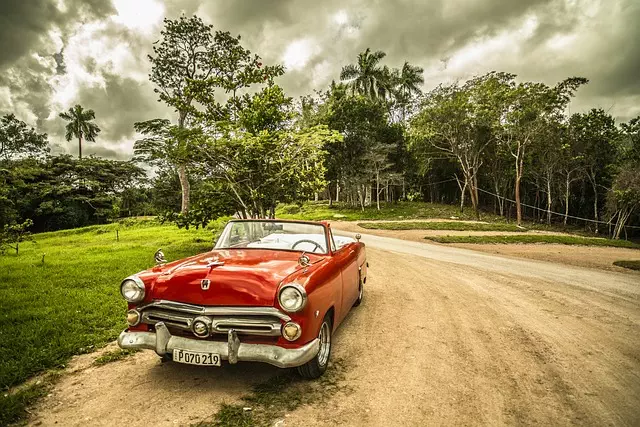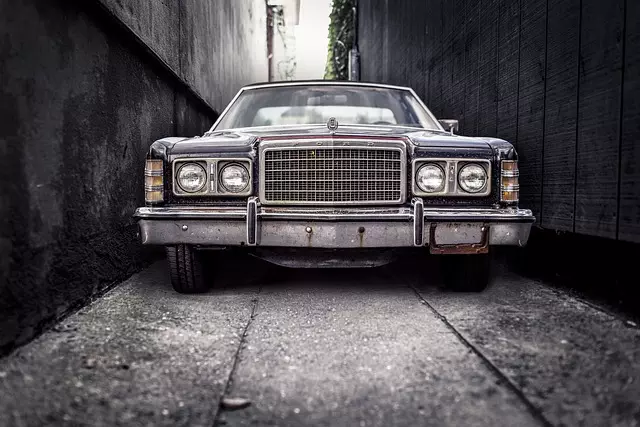Toledo, Ohio has established itself as a pioneer in sustainable automotive packaging design, integrating eco-friendly materials and innovative simulation technologies to minimize environmental impact while ensuring vehicle safety during transport. The city's commitment to sustainability is evident in the adoption of recycled plastics, biodegradable materials, and natural fibers, reflecting a broader industry shift towards circular economy principles. Local companies are leveraging advanced simulation tools to optimize packaging designs without extensive physical prototyping, streamlining the design process and reducing waste. Academic-industry collaborations are driving further breakthroughs in sustainable packaging solutions, with a focus on reusable, recyclable, and compostable materials that align with global sustainability goals. Toledo's strategic location, manufacturing expertise, and dedication to innovation continue to position it as a benchmark for sustainable practices in the automotive packaging design industry, leading the way towards a greener future in transportation and packaging solutions.
Exploring the frontiers of environmental stewardship, this article delves into the transformative realm of sustainable automotive packaging. With a particular focus on Toledo, Ohio, as a beacon of innovation in automotive packaging design, we examine how the industry is pioneering eco-friendly materials and advanced simulation techniques to revolutionize auto part protection. The journey through this green evolution highlights successful case studies and showcases the collaborative synergy between industry leaders and academic institutions in shaping a more sustainable future for automotive production. Join us as we explore the trends and predictions that are set to redefine automotive packaging design, not just in Toledo but across the globe.
- Innovations in Automotive Packaging Design: A Spotlight on Toledo, Ohio
- Eco-Friendly Materials Revolutionizing Auto Part Protection
- The Role of Advanced Simulation in Optimizing Packaging Solutions
- Case Study: Successful Implementation of Sustainable Packaging in Automotive Production
- Collaborative Efforts: How Industry and Academia are Shaping the Future of Automotive Packaging Design
- Looking Ahead: Trends and Predictions for Automotive Packaging Design in Toledo and Beyond
Innovations in Automotive Packaging Design: A Spotlight on Toledo, Ohio

In recent years, Toledo, Ohio, has emerged as a beacon of innovation in the realm of automotive packaging design. Local manufacturers and designers have been at the forefront of developing packaging solutions that not only protect vehicles during transit but also prioritize sustainability and efficiency. These advancements are a response to the growing need for eco-friendly practices within the automotive industry, as companies seek to minimize their environmental footprint while ensuring the safety and integrity of their products. The city’s strategic location, coupled with its rich history in manufacturing, has fostered a culture of innovation and a commitment to continuous improvement in packaging design methodologies.
The innovations emanating from Toledo are not just about protecting vehicles; they represent a paradigm shift towards sustainable practices. For instance, the use of recycled materials and biodegradable alternatives in packaging designs has significantly reduced waste and carbon emissions associated with traditional packaging methods. Additionally, the integration of smart technologies in packaging solutions has enabled real-time monitoring and adaptability to different vehicle models and sizes, further enhancing the protection offered during transportation. These efforts underscore Toledo’s role as a leader in sustainable automotive packaging design, setting a benchmark for the industry at large.
Eco-Friendly Materials Revolutionizing Auto Part Protection

Innovations in sustainable automotive packaging are gaining momentum, particularly within the design hubs like Toledo, Ohio. The automotive industry is increasingly adopting eco-friendly materials that not only protect vehicle components but also align with environmental stewardship goals. These new packaging designs leverage materials such as recycled plastics, biodegradable alternatives, and natural fibers to safeguard parts during transportation. The shift towards these sustainable solutions is a response to the industry’s growing recognition of the need for responsible resource management. In Toledo, Ohio, for instance, leading packaging design firms are at the forefront of this revolution, pioneering technologies that reduce the carbon footprint associated with automotive logistics. By integrating advanced materials and smart design principles, these firms ensure parts arrive undamaged while upholding a commitment to sustainability, setting a benchmark for the industry at large. The strategic use of these materials in automotive packaging design not only mitigates environmental impact but also positions companies as leaders in innovation and corporate responsibility. This dual focus on part protection and environmental conservation is set to redefine the standards for automotive packaging, making it a key area of development and investment within the sector.
The Role of Advanced Simulation in Optimizing Packaging Solutions
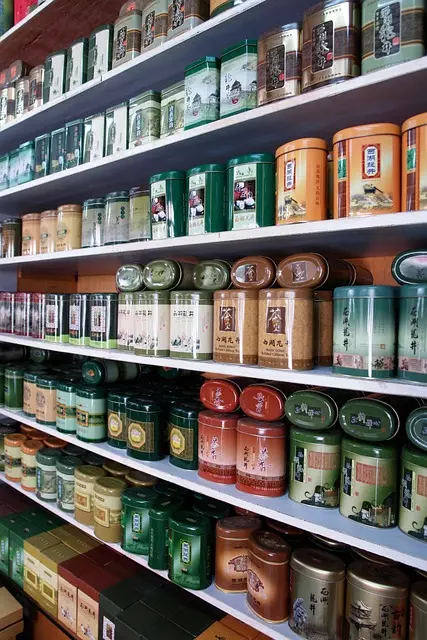
In the realm of sustainable automotive packaging, advanced simulation technologies play a pivotal role in optimizing packaging solutions. The expertise in this field, as exemplified by leading designers in Toledo, Ohio, leverages cutting-edge computational models to predict the performance of packaging under various conditions. This approach not only reduces physical prototyping but also accelerates the design process, allowing for rapid iteration and evaluation of packaging alternatives. By utilizing sophisticated simulation software, designers can assess the structural integrity, material usage efficiency, and environmental impact of proposed packaging designs, ensuring they meet stringent automotive industry standards while minimizing waste. This virtual testing environment is invaluable, as it provides a detailed analysis of stress points, material performance, and the overall durability of the packaging, leading to designs that are both robust and sustainable.
Furthermore, the integration of advanced simulation within the automotive packaging design process in Toledo, Ohio, has led to significant advancements in the field. These simulations account for a multitude of factors, including material properties, environmental stressors, and logistical efficiency. The insights gained from these high-fidelity models enable designers to refine their packaging solutions, resulting in designs that are optimized for protection, cost-effectiveness, and eco-friendliness. This commitment to innovation and sustainability within the automotive packaging design sector underscores the importance of embracing technological advancements, setting a precedent for future industry developments and environmental stewardship.
Case Study: Successful Implementation of Sustainable Packaging in Automotive Production
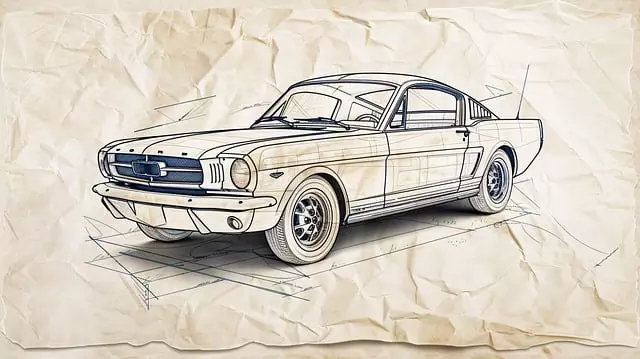
In Toledo, Ohio, a leading automotive company has set a benchmark for sustainable practices in automotive packaging design. This case study highlights a successful implementation of eco-friendly packaging solutions within their production facilities. The initiative began with an audit of the existing packaging methods to identify areas for improvement. The company partnered with local waste management experts and sustainability consultants to develop a comprehensive plan that not only reduced waste but also utilized recyclable materials more effectively. The result was a significant reduction in the environmental footprint of their packaging operations, without compromising the integrity and protection of the vehicle components. This innovative approach has led to cost savings, enhanced brand reputation, and a strong commitment to environmental stewardship.
The new automotive packaging design strategy involved sourcing materials from certified sustainable suppliers and designing packages that could be reused, recycled, or composted. The company also implemented a closed-loop system where waste materials were repurposed into new packaging products. This systematic overhaul of their packaging process has not only aligned with the growing consumer demand for sustainability but also positioned the company as an industry leader in eco-conscious manufacturing practices. The success of this initiative demonstrates that sustainable automotive packaging design can be both cost-effective and environmentally responsible, setting a new standard for the industry.
Collaborative Efforts: How Industry and Academia are Shaping the Future of Automotive Packaging Design
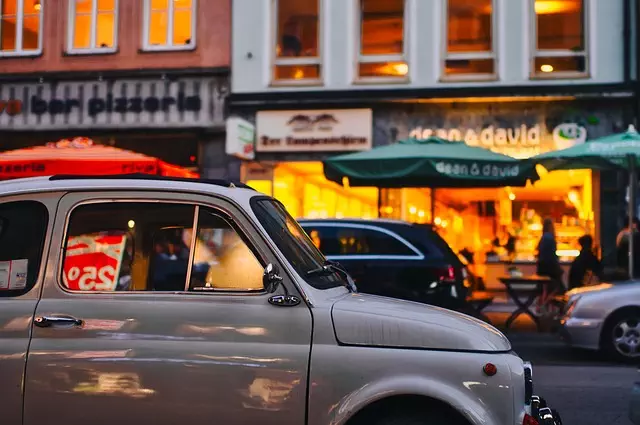
In the realm of sustainable automotive packaging, the synergy between industry and academia is pivotal in shaping innovative designs that address both environmental concerns and practical functionality. In Toledo, Ohio, a hub for automotive manufacturing, this collaboration is particularly pronounced. Local academic institutions are at the forefront of research, developing new materials and techniques that reduce waste and carbon footprint associated with packaging. These advancements often arise from interdisciplinary teams combining expertise in engineering, environmental science, and design thinking. The partnerships between these researchers and leading automotive companies in the region enable the rapid prototyping and testing of packaging designs, ensuring that solutions are not only theoretical but also viable for real-world applications. This symbiotic relationship ensures that the automotive packaging design industry in Toledo, Ohio, remains at the cutting edge, adapting to the evolving needs of sustainability while maintaining the integrity and safety of vehicle components during transportation and storage. The collective efforts of these stakeholders are crucial in driving progress towards a more sustainable future for automotive packaging.
Looking Ahead: Trends and Predictions for Automotive Packaging Design in Toledo and Beyond

In the evolving landscape of automotive packaging design, Toledo, Ohio stands as a pivotal hub, particularly with its proximity to major automotive manufacturers and its historical roots in the industry. The trends and predictions for automotive packaging design in Toledo are shaped by a confluence of factors including environmental consciousness, technological advancements, and economic pressures. As sustainability becomes a cornerstone in product development, designers in Toledo are increasingly focusing on eco-friendly materials and packaging solutions that reduce waste and carbon footprint. These initiatives align with broader industry movements towards circular economy principles, where packaging is designed to be reused, recycled, or composted. The forecast for automotive packaging design in Toledo reflects a trend towards modular and multifunctional designs that not only protect the vehicles during transportation but also serve secondary purposes after their primary use. This shift is not limited to Toledo; it is a global movement that recognizes the importance of sustainable practices in every stage of the automotive supply chain. Companies are investing in innovative materials and design methodologies that prioritize efficiency, durability, and environmental stewardship. In the coming years, the automotive packaging design industry can anticipate significant advancements, with Toledo being at the forefront of these changes, contributing to a greener and more sustainable future for transportation and packaging solutions. The city’s commitment to innovation and its strategic positioning within the automotive sector are poised to drive the adoption of new practices that will redefine how vehicles are packaged and shipped globally.
